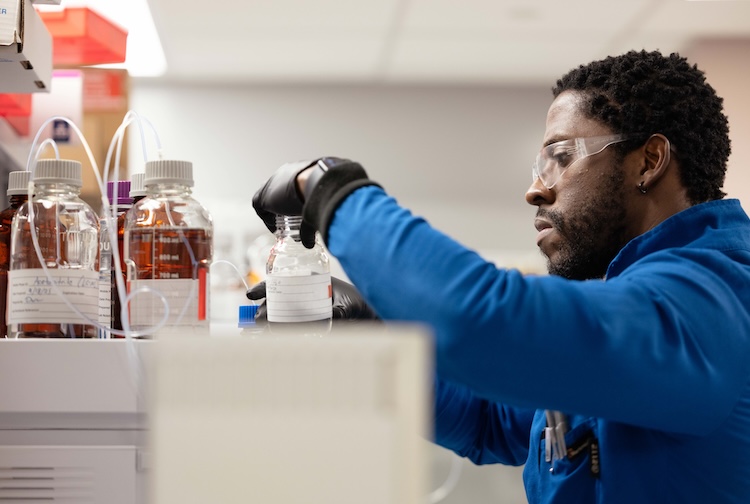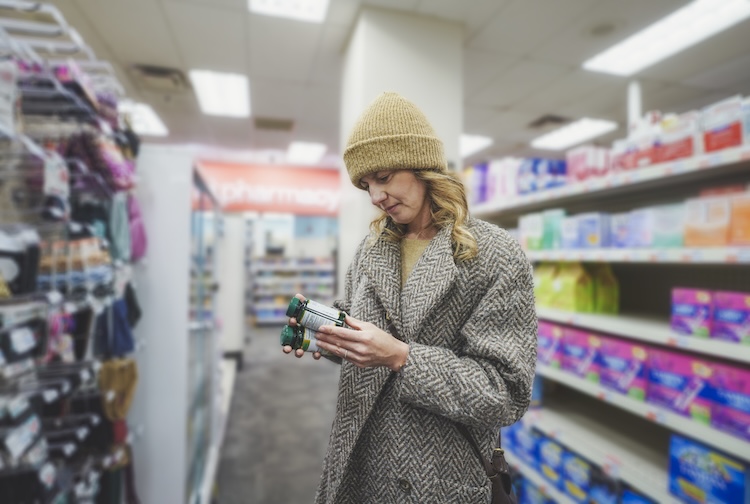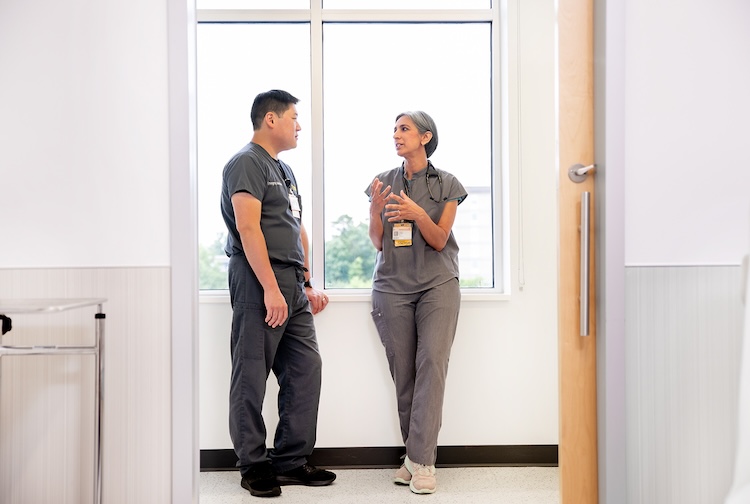Common questions about COVID-19
April 03, 2020
As we continue to learn more about COVID-19, new details emerge about protecting yourself from this viral threat.
How do you get COVID-19?
The new coronavirus, COVID-19, is transmitted through droplets infected people spread by exhaling, sneezing, coughing and the like. These droplets can be airborne and inhaled by people nearby.
The infected droplets can also land on people nearby or on inanimate objects, such as doorknobs, tabletops and touch screens. If you touch one of these surfaces and then touch your nose, mouth or eyes, the virus can enter your body and make you sick.
That's why experts advise you to stay six feet away from others, wash your hands often and avoid touching your face.
How do most people get COVID-19?
The most common way is by standing too close to someone who is infected and who spreads the virus by exhaling, sneezing or coughing. You then inhale the droplets or they land on you, and you then touch your nose, eyes or mouth without realizing it.
That's why social distancing - or standing six feet away from other people - is so important. The droplets generally don't travel more than three to six feet.
Simply having the virus on your skin doesn't mean you have COVID-19. You can't be infected unless the virus enters a mucus membrane. This can occur when you touch your eyes, nose or mouth.
If I just wash my hands a lot and keep my hands off my face, will I be safe?
While that is important, most people touch their face many times throughout the day without even realizing it. And many people rush through handwashing, leaving germs still on your hands. Social distancing is essential so you can avoid coming in contact with the virus to begin with.
What is good handwashing?
In general, you should spend 15-20 seconds washing your hands. Don't forget to lather between your fingers and scrub your thumb. An alcohol rub is not necessary. Soap and water will get rid of any germs on your skin.
How safe are the packing materials our products come in?
Your risk of contracting COVID-19 from food packaging, delivery boxes, newspapers and the mail is very low. However, it's always a good practice to wash your hands after handling any materials you bring into your house and before you eat.
What about housekeeping? Should we clean our living spaces a certain way?
There are no specific protocols for cleaning your house. However, you should wipe down high touch and common areas, such as kitchen counters, light switches, computer keyboards and railings, more often than usual. Look for cleaning products that say they clean viruses (virucidal).
If you've been exposed to COVID-19 or tested positive, how will you know when you're out of danger?
If you've gone 14 days from the time of exposure and had no symptoms, you're probably safe.
If you tested positive and had only mild symptoms, and you weren't hospitalized, you usually get better within seven days of your first symptoms.
If you were hospitalized, it can vary. But usually after three days of no fever or seven days with clinical improvement, you've probably turned the corner.
What's the difference between N95 masks and other face masks?
The N95 mask is for medical professionals and has to be fitted. It's designed for health care professionals who are in close contact with patients and who will be spending more than 10 to 15 minutes with them.
The more common face mask you see and hear about is a non-medical face mask. It helps you avoid coming in contact with airborne droplets and helps you avoid touching your nose and mouth.
For more information on COVID-19 and ways to stay safe, keep checking our website for updates and new content.




